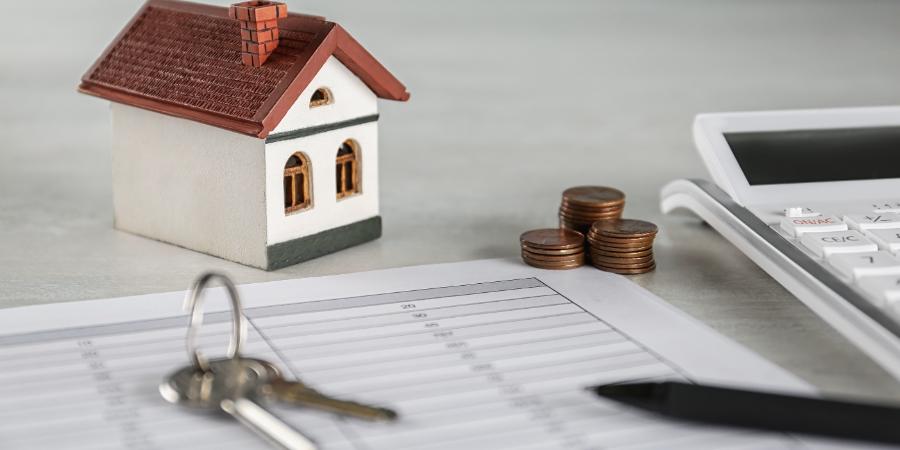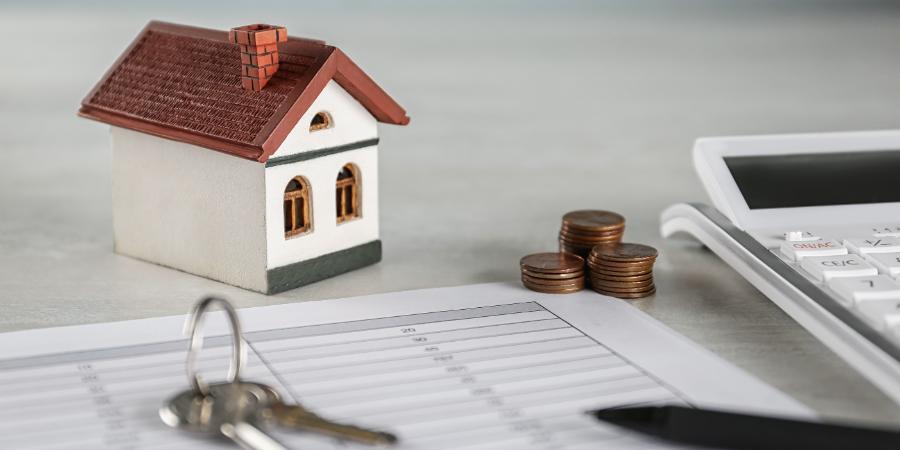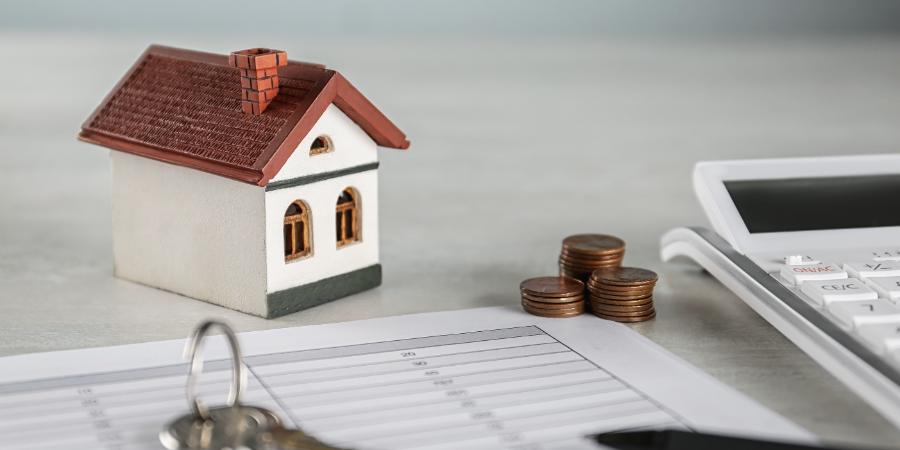
CHANGING RESIDENCY FROM NEW YORK TO FLORIDA (OR ANY OTHER STATE): PART ONE - INTRODUCTION
Note: This is the first in a series of articles that will cover strategies for changing residency, surviving an audit, and challenging a negative result.
New York State is arguably the most onerous income tax jurisdiction in the country. This has led many New York residents to change their residency to reduce their tax burden on income not effectively connected to New York. This includes business income from around the United States and the world, as well as investment income in retirement. However, as New York’s income tax base erodes with residents fleeing to Florida, New York intends to keep high-income earners paying state taxes on as much income as possible, leading to frequent audits on these high-income earners who claim they are no longer New York residents. Before attempting to change residency from New York to another state, New York residents must consider all the factors a New York Department of Taxation and Finance (the “Department of Tax”) auditor might analyze when evaluating whether a change of residency was truly complete and effective.
Determining Residency
There are two tests under the New York State Tax Law to determine an individual’s residency: domicile and statutory residency. If an individual is deemed a resident under either test for the years under review, that individual is considered a New York resident for income tax purposes. If the individual does not, then residency has changed to a location outside of New York.
Domicile Test
An individual’s domicile is the place where that individual resides until the individual has proven that the place of residence has permanently changed to another state and there is no intention to return to New York. The burden of proving a change in domicile is on the individual to prove that they have moved.
There are five primary factors and a number of secondary factors that the Department of Tax uses to determine domicile. The primary factors are:
- Home - This includes the use and maintenance of a New York residence compared to a non-New York residence. An auditor will compare the use of multiple homes under the following factors: (a) size; (b) value; (c) nature of use; and (d) other aspects of a home.
- Active Business Involvement - An individual substantially involved in a New York trade or business, occupation or profession will have this factored weighted toward New York residency. This would include out-of-state participation in the business through phone, videoconferencing, and email.
- Time - Auditors analyze where and how an individual spends time during the year by comparing the time spent in New York versus time spent in other locations.
- Items Near and Dear - Auditors consider the location of items with significant sentimental value (e.g., family heirlooms, art, collections, hobbies, etc.).
- Family Connections - Where an individual’s immediate family members reside is also a primary factor in determining residency.
The secondary factors, often given little to no weight by an auditor, include:
- State issuing the driver’s license;
- State of voter registration;
- State in which vehicles are registered;
- Place of bank accounts;
- Primary houses of worship;
- Club memberships; and
- Place of library card.
While none of these factors by themselves have significant clout, they might be used to influence a domicile analysis toward New York State residency if the primary factors do not provide a clear resolution.
Statutory Residence Test
The statutory residence test provides an objective measure to determine New York residency. Under this test, an individual is a New York resident if the individual: (1) maintains a permanent place of abode in New York and (2) spends more than 183 days of a given year in New York.
New York defines a “day” as any time spent in New York during a particular day except for traveling through the state solely to get to an airport (or having a layover in a New York airport) and any days spent in a New York hospital. Even just visiting New York City for a quick lunch will count as a “day” for this purpose.
Provided that an individual resides outside of New York for at least six months, the individual will not meet the statutory test for residence. But clear and concise evidence of each day outside New York will need to be documented to survive this prong of the statutory residency test.
Summary
To change residency from New York to another state, an individual would need to first prove that they have changed their place of domicile to that other state. Also, the individual would need to show that either there is no permanent place of abode in New York or that more than 183 days were spent outside New York. Without adequately documenting this change, a former New Yorker will remain subject to New York taxes.
Scott Shimick is a Partner at Whiteman Osterman & Hanna, LLP and the leader of the firm’s Federal and State Taxation Practice Group. You can contact him at (518) 487-7678 or by email at sshimick@woh.com.

